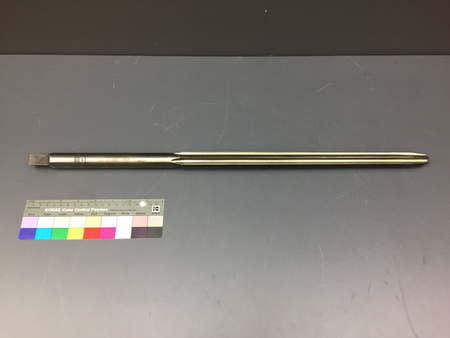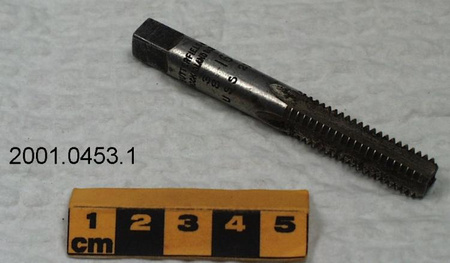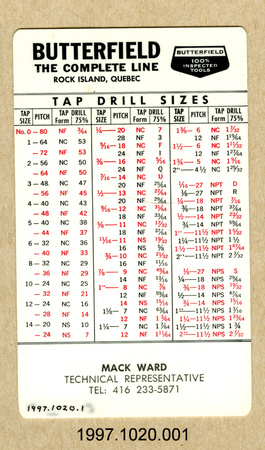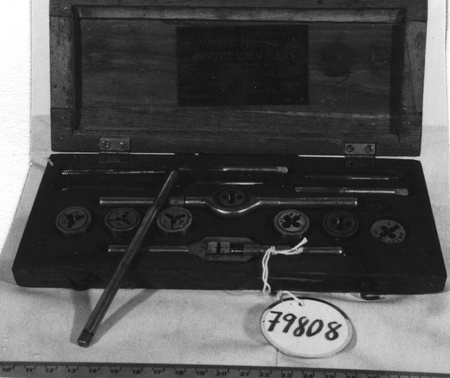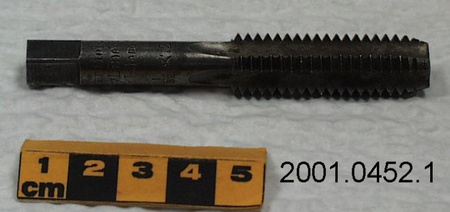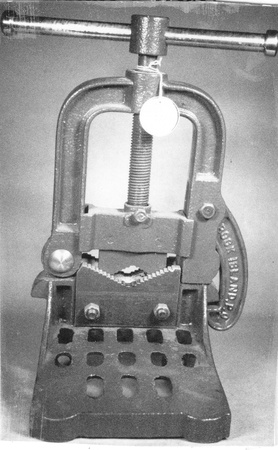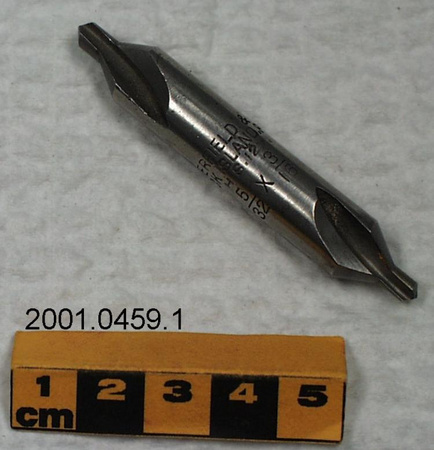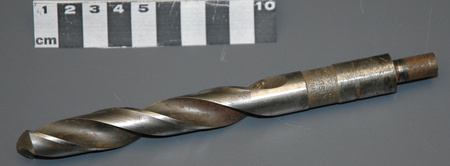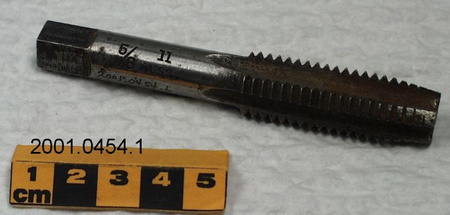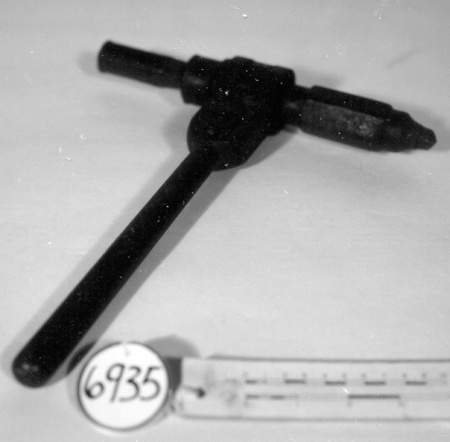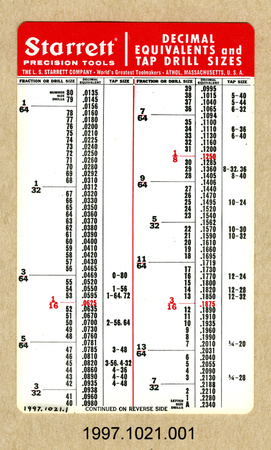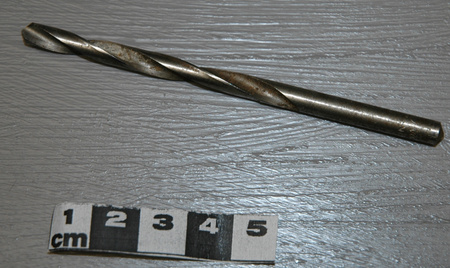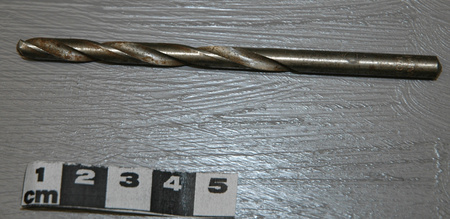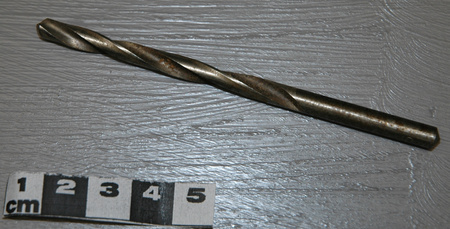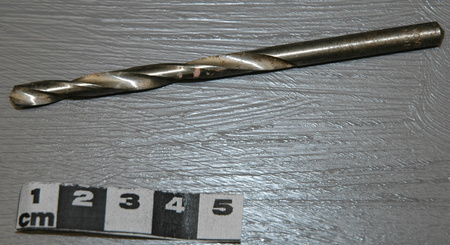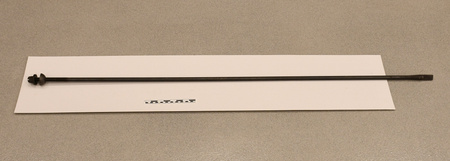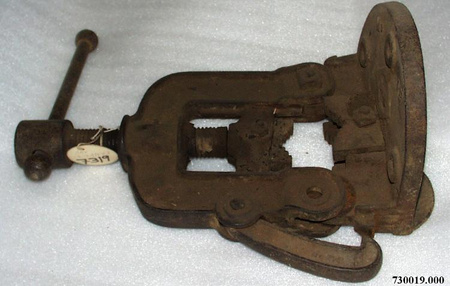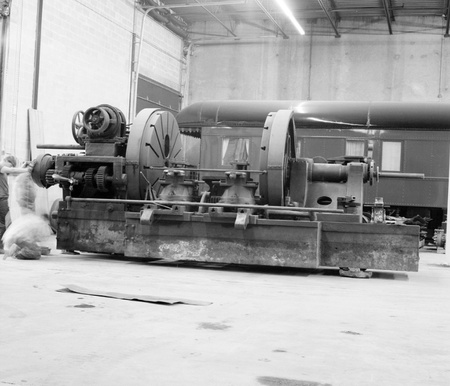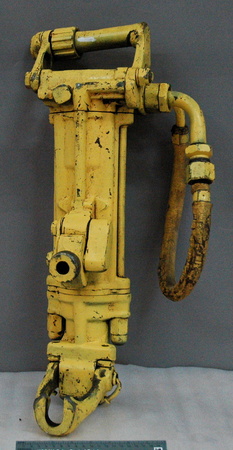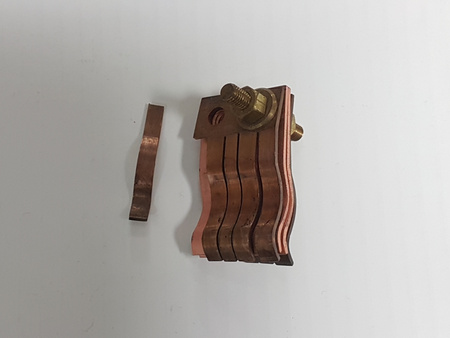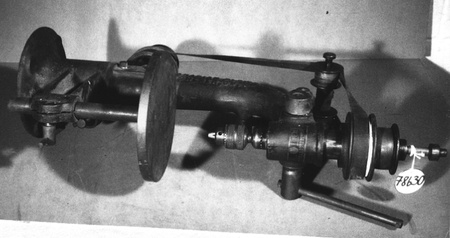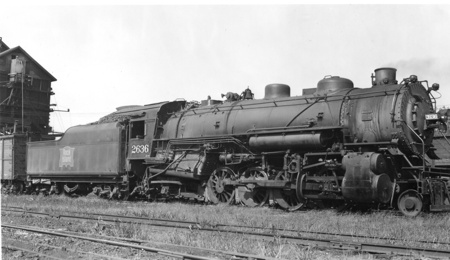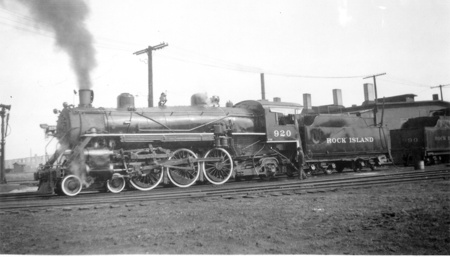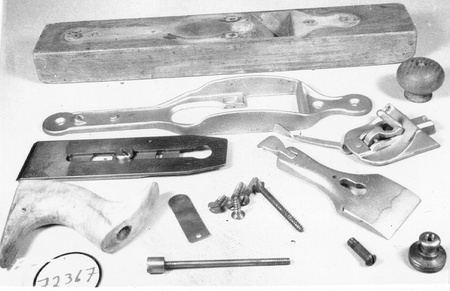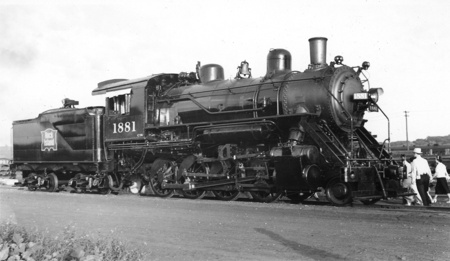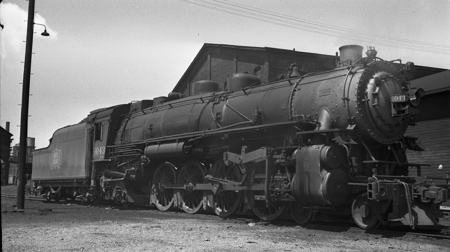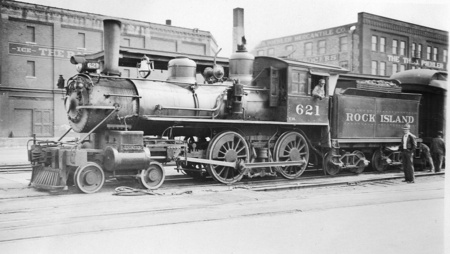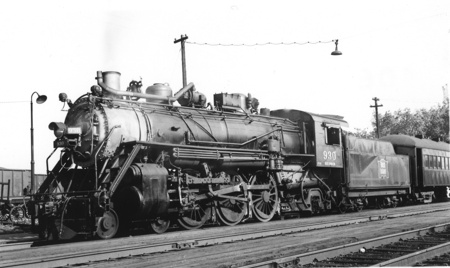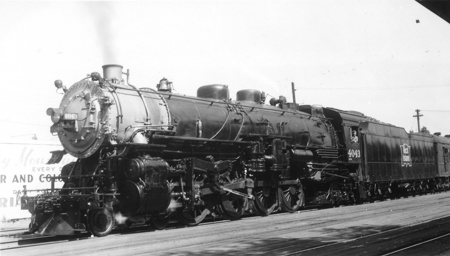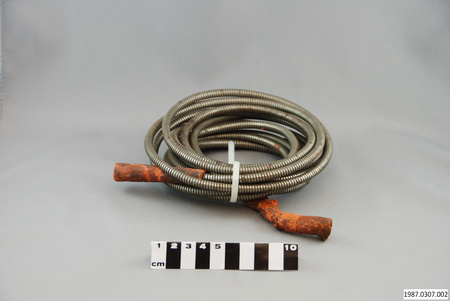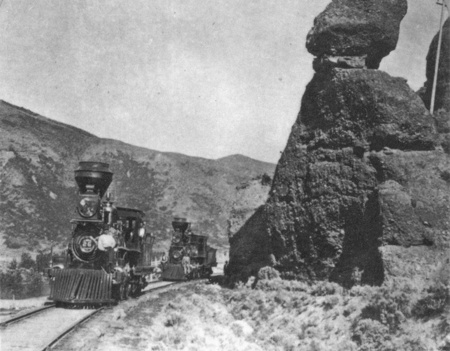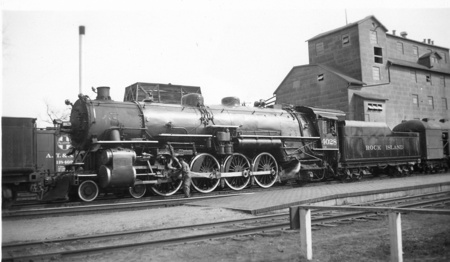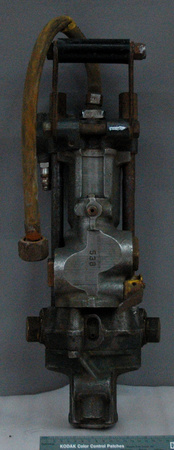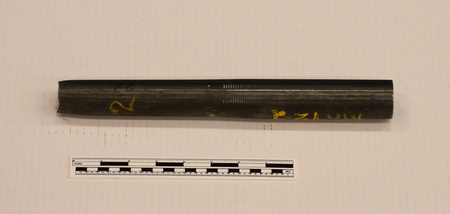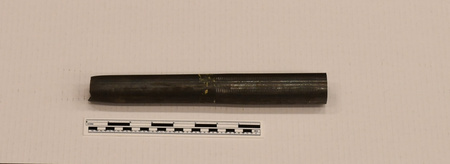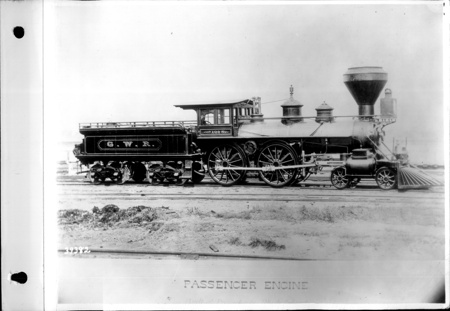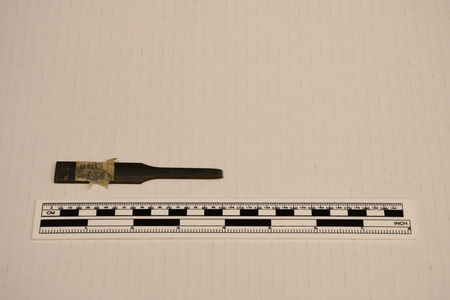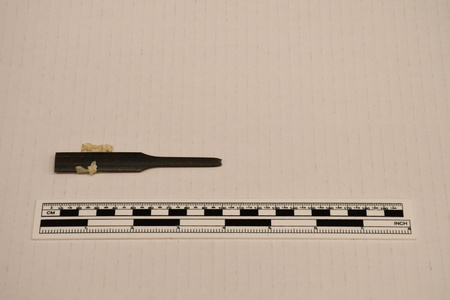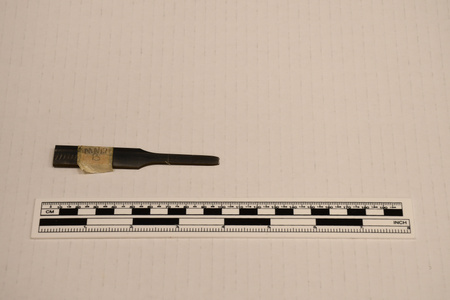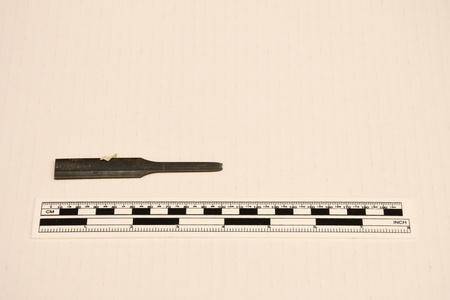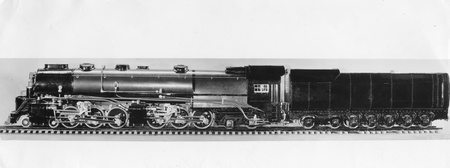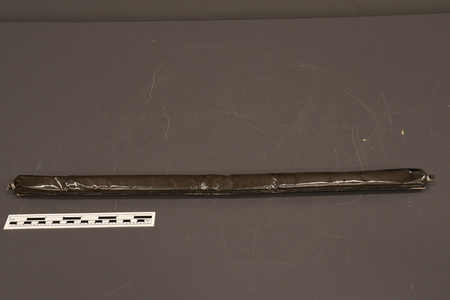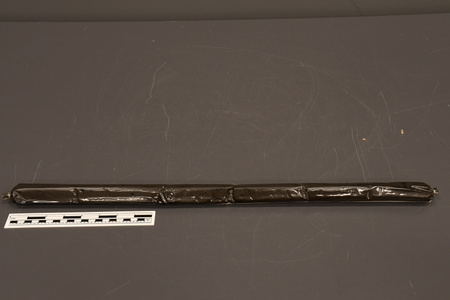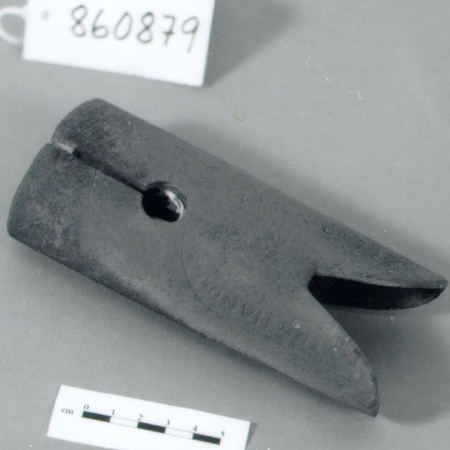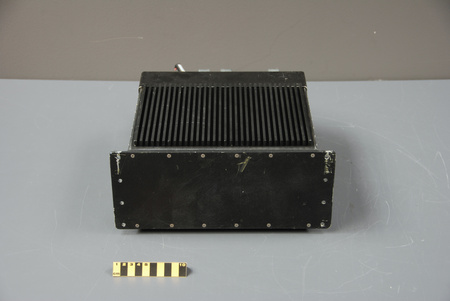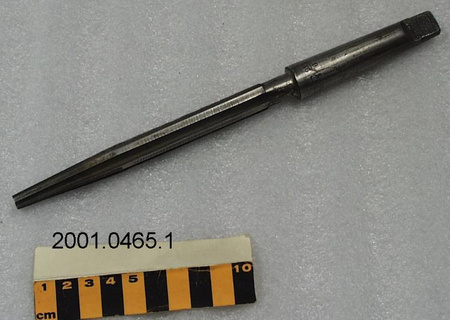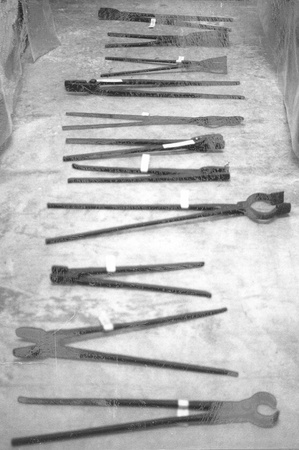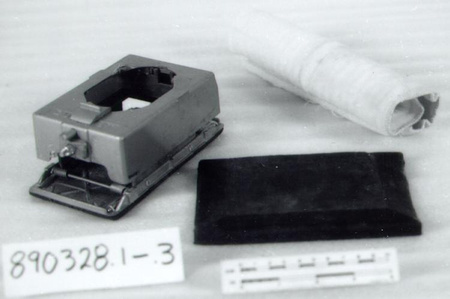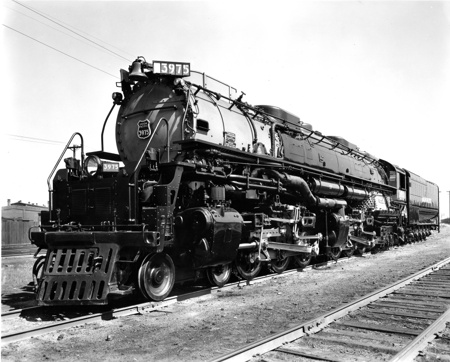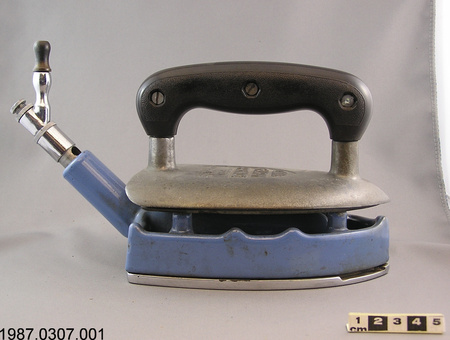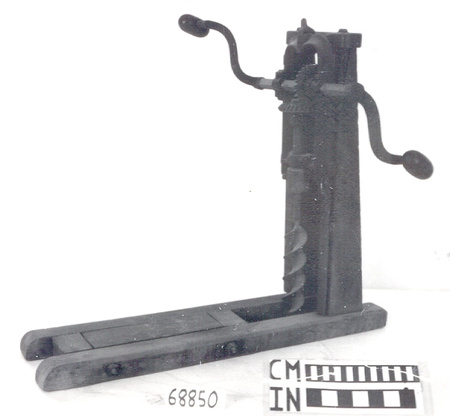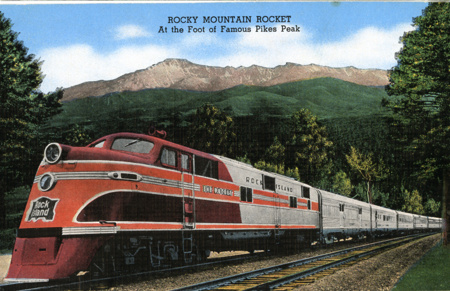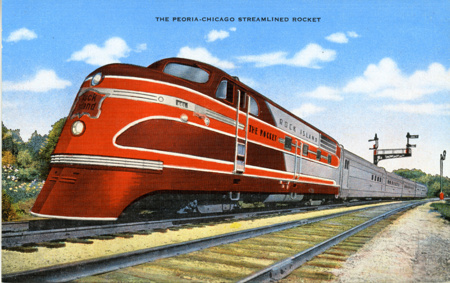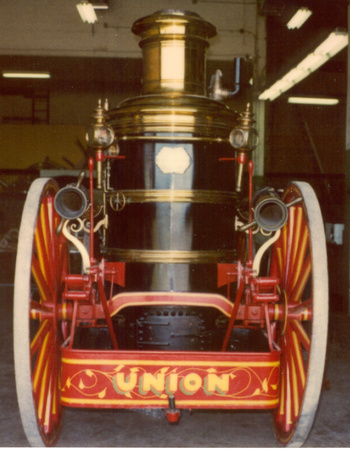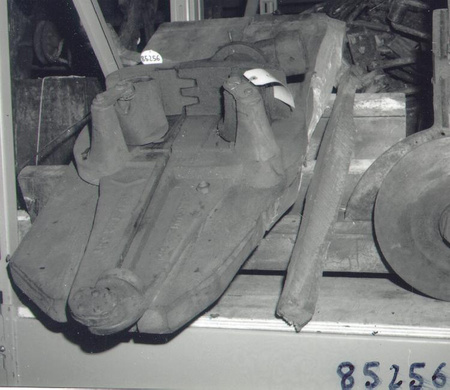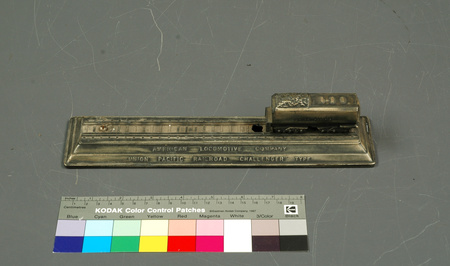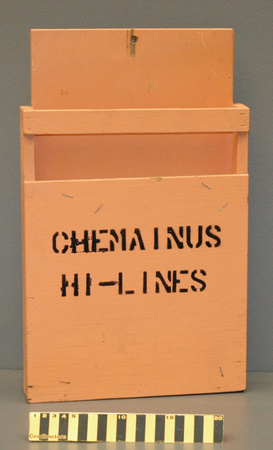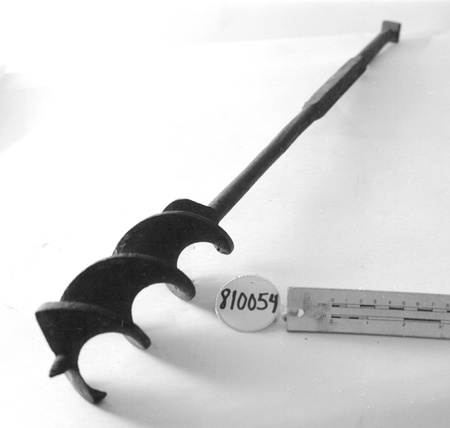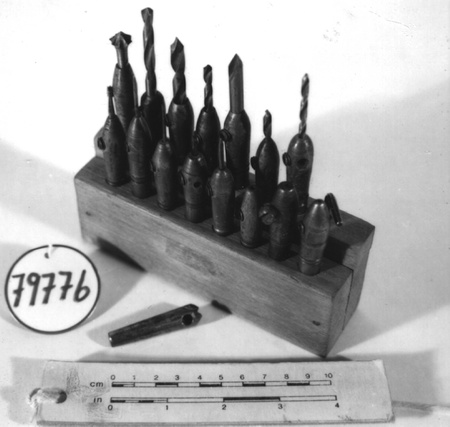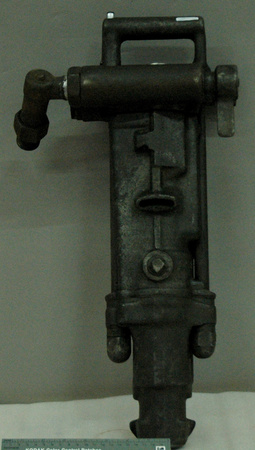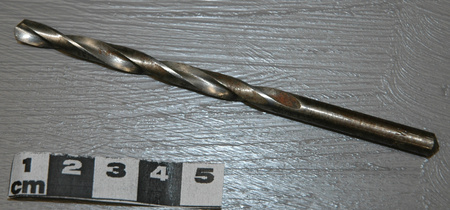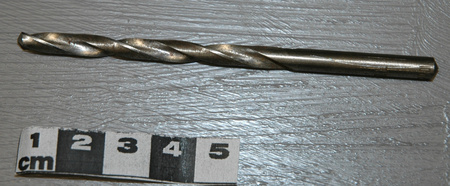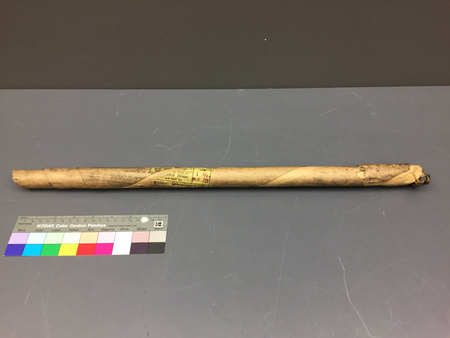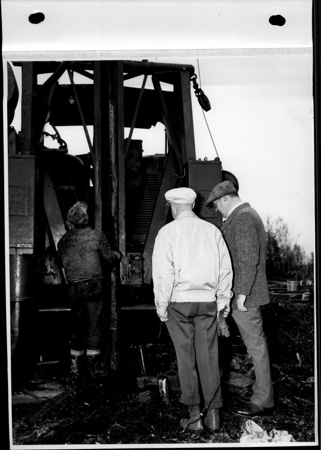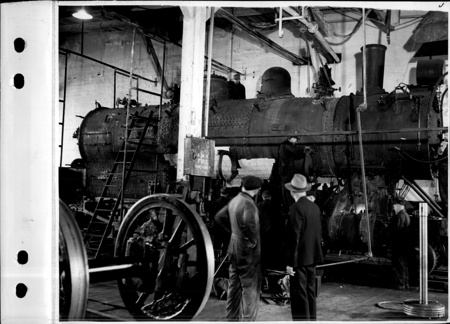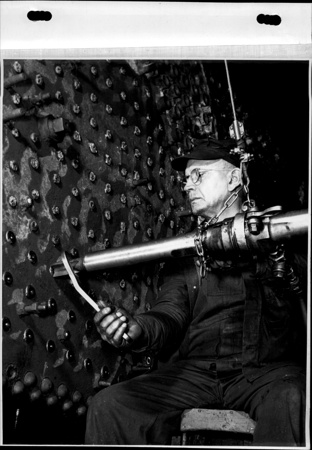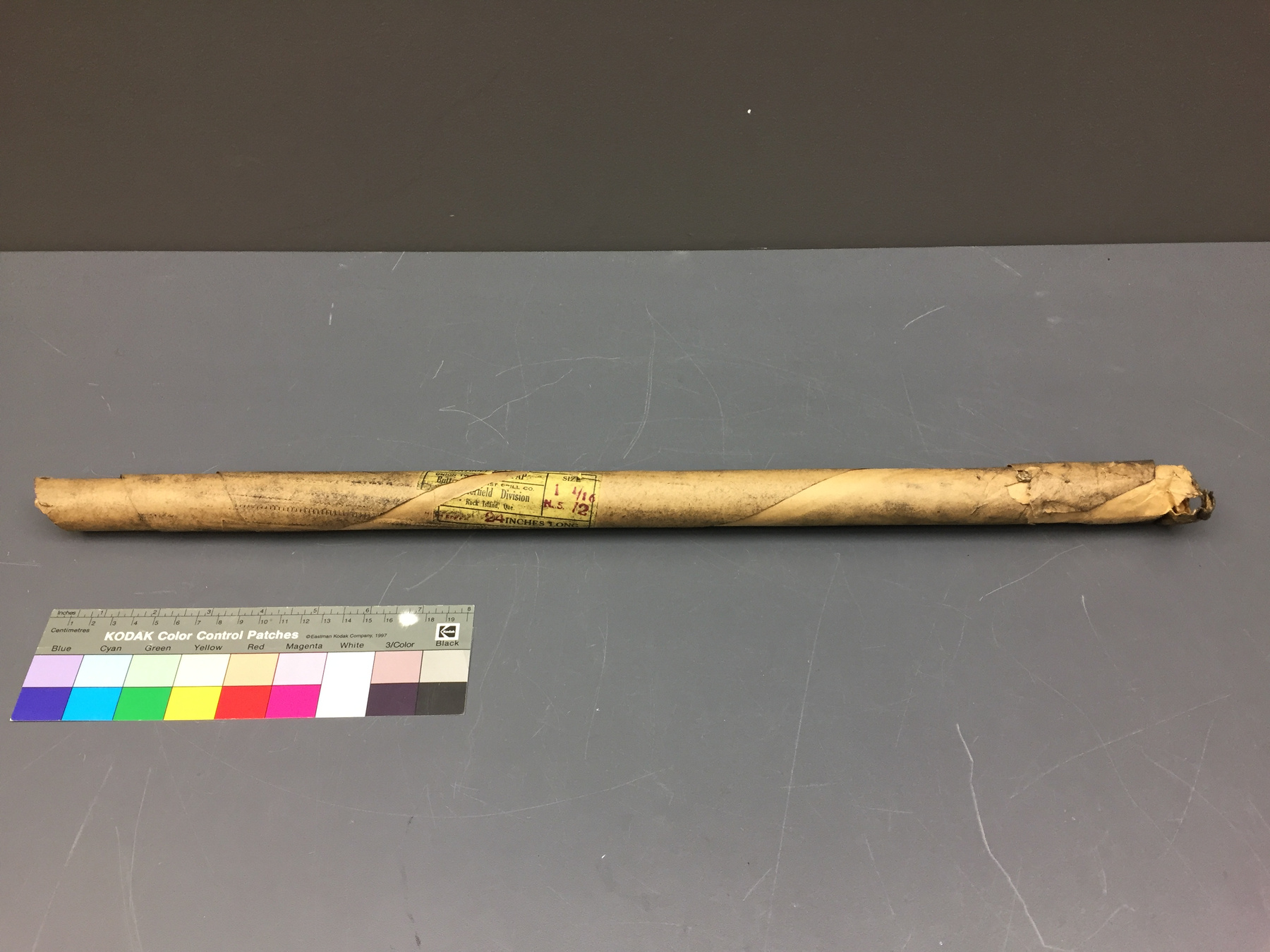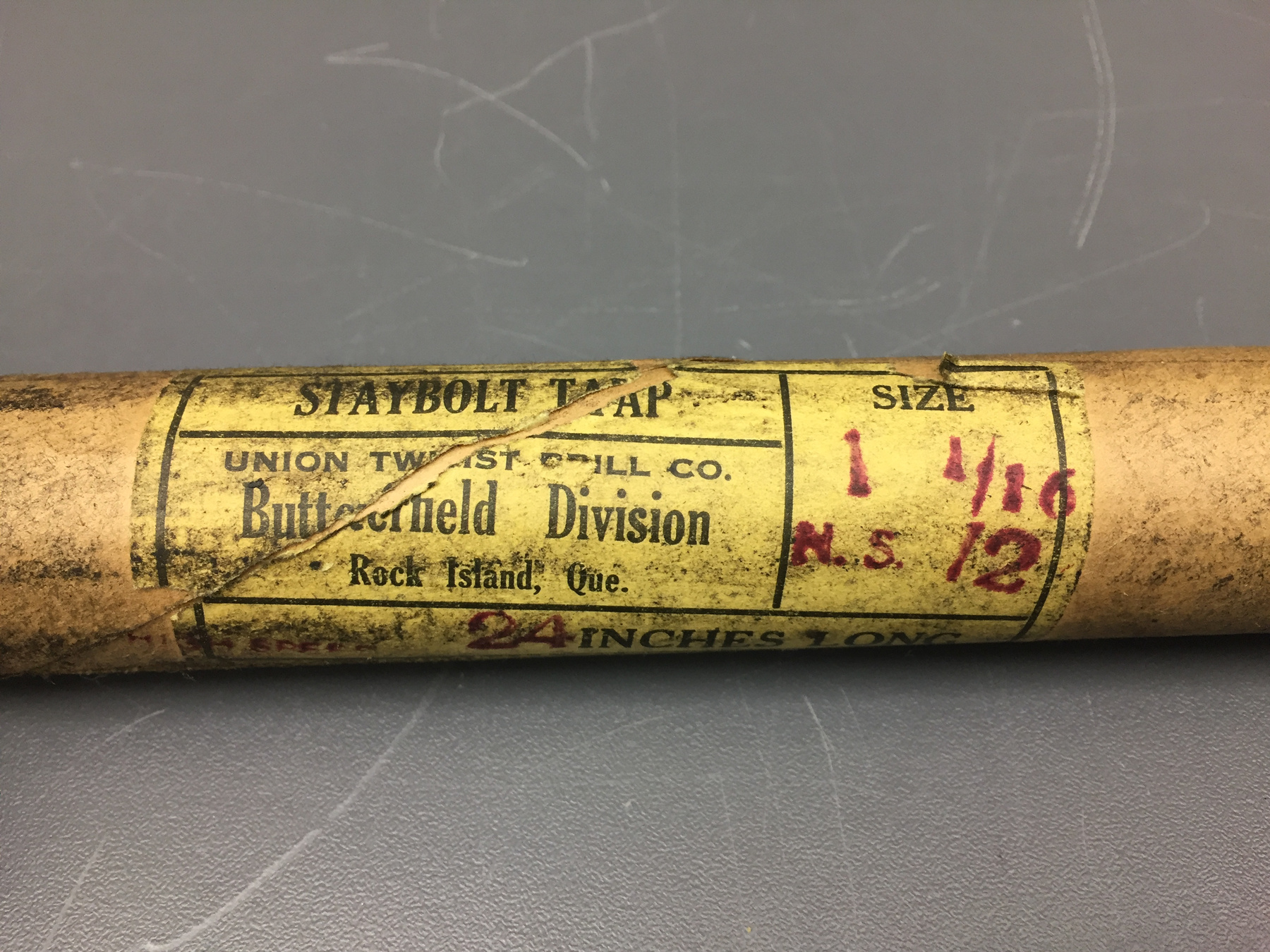Manchon
Utiliser cette image
Puis-je réutiliser cette image sans autorisation? Oui
Les images sur le portail de la collection d’Ingenium ont la licence Creative Commons suivante :
Copyright Ingenium / CC BY-NC-ND (Attribution-NonCommercial 4.0 International (CC BY-NC 4.0)
ATTRIBUER CETTE IMAGE
Ingenium,
2016.0181.002
Permalien:
Ingenium diffuse cette image sous le cadre de licence Creative Commons et encourage son téléchargement et sa réutilisation à des fins non commerciales. Veuillez mentionner Ingenium et citer le numéro de l’artefact.
TÉLÉCHARGER L’IMAGEACHETER CETTE IMAGE
Cette image peut être utilisée gratuitement pour des fins non commerciales.
Pour un usage commercial, veuillez consulter nos frais de reproduction et communiquer avec nous pour acheter l’image.
- TYPE D’OBJET
- S/O
- DATE
- 1960
- NUMÉRO DE L’ARTEFACT
- 2016.0181.002
- FABRICANT
- Union Twist Drill Co.
- MODÈLE
- Inconnu
- EMPLACEMENT
- Rock Island, Québec, Canada
Plus d’information
Renseignements généraux
- Nº de série
- S/O
- Nº de partie
- 2
- Nombre total de parties
- 2
- Ou
- S/O
- Brevets
- S/O
- Description générale
- paper
Dimensions
Remarque : Cette information reflète la taille générale pour l’entreposage et ne représente pas nécessairement les véritables dimensions de l’objet.
- Longueur
- 61,2 cm
- Largeur
- S/O
- Hauteur
- S/O
- Épaisseur
- S/O
- Poids
- S/O
- Diamètre
- 2,9 cm
- Volume
- S/O
Lexique
- Groupe
- Transports ferroviaires
- Catégorie
- Activités
- Sous-catégorie
- S/O
Fabricant
- Ou
- Union
- Pays
- Canada
- État/province
- Québec
- Ville
- Rock Island
Contexte
- Pays
- Inconnu
- État/province
- Inconnu
- Période
- New, unused
- Canada
-
Taken from acquisition worksheet "Until the 1950s, Canadian railways relied on a fleet of over 4000 steam locomotives to move goods and people across Canada. At the heart of each of these vehicles was the boiler where steam was produced and collected before being deployed to cylinders and pistons. Boilers are subjected to a great deal of wear and tear in the course of regular operation and so were built as sturdily as possible and then regularly inspected, repaired and re-built. Railways employed a large number of boilermakers (and related tradesmen) to do this work. This stay bolt tap is an example of one of the many tools used by boilermakers to repair and re-build locomotive boilers. This tap is part of a collection of tools that CSTMC curatorial and restoration staff acquired on a trip to Glace Bay in the early 1980s. Their goal was to obtain any and all tools that they thought would be useful in maintaining the Museum’s working steam locomotives. Butterfield & Company of Rock Island, Quebec, began making metal working tools in the late 19th century. By the 1920s, the company had built a large factory that straddled the Quebec-Vermont border and produced the latest in hardened steel tools including taps and dies. At its peak, the company employed about 800 people. Purchased by Litton Industries in the late 1960s, Butterfield became a division of the Union Twist Drill Company. Litton closed the Canadian side of the business in 1982 and eventually moved all its operations to North Carolina.". "The boiler is power source for a steam-powered engine. It is a metal (iron or steel) pressure vessel that contains boiling water and its natural by-product, steam. Contained within a closed space, the steam reaches pressures of over 200 pounds per square inch (psi). This exerts a huge amount of force on the sheet metal walls of the boiler which, depending on the thickness of the plates, would eventually bulge or buckle under the pressure. To prevent this from happening, boilermakers installed stay bolts to reinforce the boiler walls. Depending on the design of the boiler and its pressure rating, the boilermaker and his team had to place stay bolts every 5 to 10 inches across the entire surface of the boiler. But first they had to drill holes in both the inside and outside walls of the boiler and thread them to take the bolts. To do the threading, they used stay bolt taps usually attached to a pneumatic motor. The tap had to be long enough to create precise and continuous threads in both the inside and outside metal sheets of the boiler. This way the stay bolt would fit perfectly in both openings and could be tightly bolted in place." - Fonction
-
Paper sleeve for stay-bolt tap. - Technique
-
Taken from acquisition worksheet "Steam locomotive boilers had to be maintained, re-built and replaced on a regular basis. To carry out this work, the railway companies employed a large number of boilermakers, fitters, apprentices and labourers. Tapping the boiler was one of their critical functions and stay bolt tapping accounted for the greatest amount of their tapping work. In the 20th century, most locomotive shops would have been equipped with air motors that workers would have used to power many of tools including the stay bolt taps.". - Notes sur la région
-
Inconnu
Détails
- Marques
- Yellow label reads "STAYBOLT TAP/ UNION TWIST DRILL CO./ BUTTERFIELD DIVISION/ Rock Island, Que./ 24 INCHES LONG/ SIZE/ 1 1[/]16/ N.S. 12". Second label is mostly illegible.
- Manque
- S/O
- Fini
- Brownish coloured paper with yellow label with black and red print. Label is split in two. Brownish coloured label with red print. Label is torn, torn part is in S.I. Paper sleeve is covered in a black oily residue.
- Décoration
- S/O
FAIRE RÉFÉRENCE À CET OBJET
Si vous souhaitez publier de l’information sur cet objet de collection, veuillez indiquer ce qui suit :
Union Twist Drill Co., Manchon, vers 1960, Numéro de l'artefact 2016.0181, Ingenium - Musées des sciences et de l'innovation du Canada, http://collection.ingenium.ca/fr/item/2016.0181.002/
RÉTROACTION
Envoyer une question ou un commentaire sur cet artefact.
Plus comme ceci
